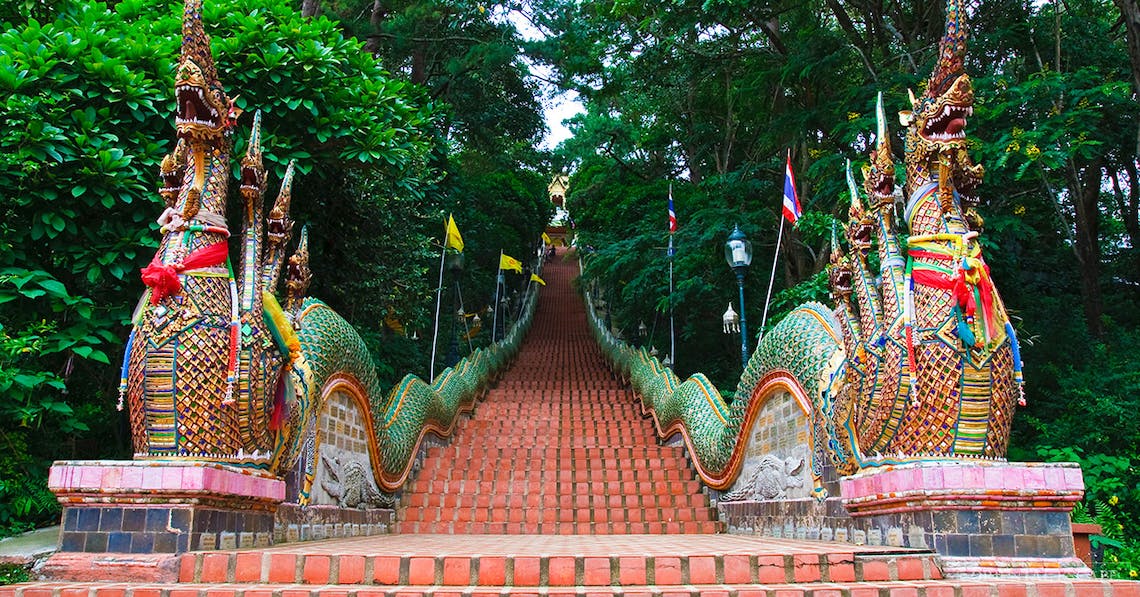How to explain the constant presence in these temples of these strange and powerful mythical ophidian guardians ? Myths describe the creation of the world, the deeds of the first humans. Mysterious, these stories seem to escape reason and remain indecipherable. This is all the more disturbing as they constitute our foundation, our first memory. However, based on the recent science of embryology, a new perspective on these founding stories -and so these nagas- shows that they represent the fetal memory of embryogenesis.
Guardian of the primordial waters, of the underworld, mediator between heaven and earth, the Naga brings strength, fertility, wealth, power, sovereignty; it founds and protects a life, a territory, a stable, rooted and structured entity. This semi-divine being takes the form of a large serpent, or even a serpent with a human head. Isn’t that a definition that could be that of the umbilical cord ?
These proud and big snakes seem essential to the protection of the temples, and are attached to them carnally. They are also water spirits : Thai farmers call naak hainam, “naga snake giving water”, the water measurement system necessary for their agriculture. Reminiscent of the nourishing amniotic fluid in which the cord bathes, this naga ? These are naga serpents that Indian women implore to put an end to their sterility.
In Chiang Mai, as in Southeast Asia, humans unconsciously reconstitute, deify and honor in the naga the umbilical cord, the uterine biology which assuredly provided them with life and nourishment.
To encounter a naga serpent is to come face to face with a reminiscence of the cord.
The Chinese have never clearly distinguished the dragon from the serpent : Li Shizen says “in the sutras, the dragon is called Naga”. Almost all peoples present mythical snakes in their tales : almost all peoples have memories of the fetal experience, of this umbilical cord. And the very distant origin of this famous naga, a Sanskrit word, could well come from ancient Egypt, where Na designates the primordial ocean from which all life emerges, and Ka the vital protective force of being, Ka sometimes represented by a snake. Is there a better definition of Naga ?
François Dor is a French writer and researcher in the field of mythology. The author of the book “From the Old World”, largely written for ten years in Chiang Mai, he has conducted intense research on the subject for 30 years. His work has been published in 20 newspapers in 10 countries.
